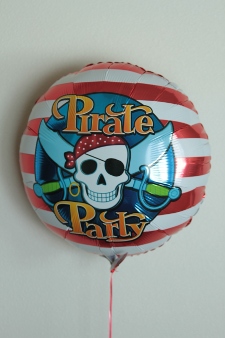
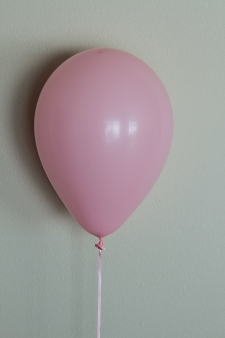
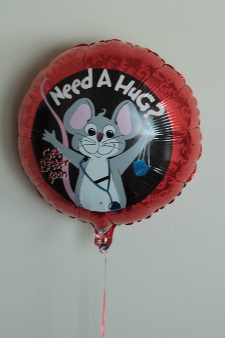
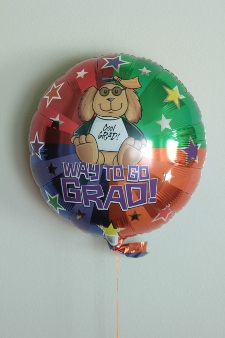
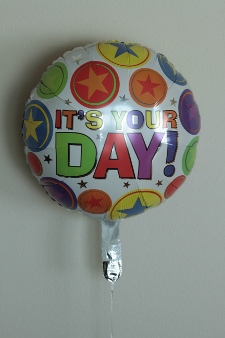
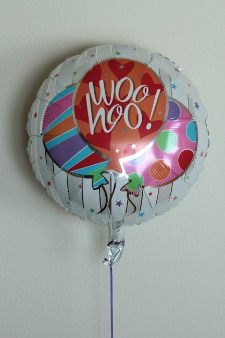

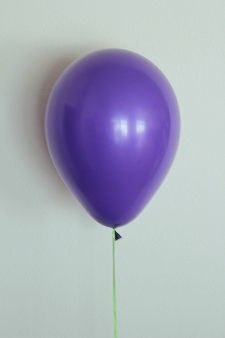
We spent a few hours today driving around town buying helium-filled balloons for C's science fair project. The project was inspired by a long-lived balloon that came from the dollar store.
We got balloons from Scott's House of Flowers, Rosauer's, Safeway, Dollar Tree, and Pony Espresso. The very nice lady at Scott's House of Flowers asked what the balloons were for and we said "a science project." She is a former teacher and gave us the balloons at no charge! At the other end of the spectrum, when I asked about a rubber balloon at the Dollar Tree, the employee said "we have rubber balloons but we don't fill them with latex." Seriously. Thinking that helium might be a more appropriate filler for a balloon, I asked, "so what do you fill them with?" She said, "nothing" and went on to explain on which aisle I could find the pack of 25.
Each balloon that we bought has a log sheet where he records the date and its "weight." He uses our kitchen scale which, conveniently, zeros itself on power-up. A clip is placed on the scale and it's turned on. It reads 0g. He attaches a balloon to the clip and the scale reports a negative weight, or lift. Later on we'll make a graph or two.
I've tried to impart the importance of coming up with a theory that he can test (measure). His first theory was that the purple balloon will last the longest because it holds the most helium. Well, ol' purple didn't last much more than a day. He changed his theory (to the dollar store balloon), which I've told him is not allowed in real science.
